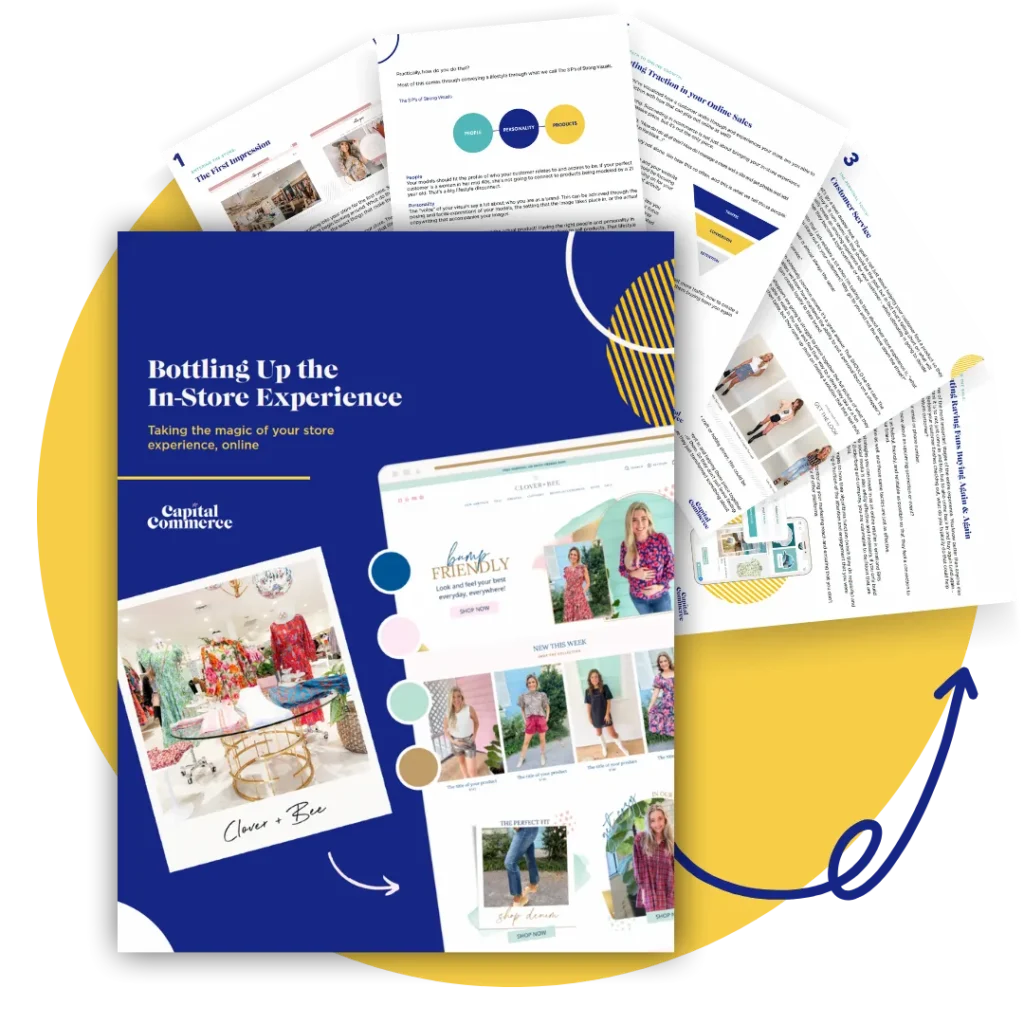“We really need to use personalization and segmentation in our email marketing, but just not sure what that should actually look like for us.”
These days, that’s one of the more common statements I hear from store owners when it comes to email marketing.
They love the idea of segmentation, but when push comes to shove, they start out with the wrong mindset and ultimately find themselves lost in the execution.
When putting together an email marketing strategy, it’s important that you first break your efforts down into two main categories:
- Acquisition marketing – getting people to buy for the first time
- Retention marketing – getting customers to buy again
These are very different from each other and require very different approaches. In fact, it may actually be more profitable for you to focus a majority of your effort and resources on one over the other.
Drew Sanocki describes a similar realization several years back with a struggling company that was facing bankruptcy.
“It wasn’t until our team made one big shift that the business really turned around – that was moving from an acquisition emphasis to a retention emphasis. Getting people to come back to the site primarily through email and buy more.
We did that and 3 months in all metrics were up and to the right, and we ended up selling the business for 10 million more than we bought it.”
A retention-focused strategy is not the best fit for everyone, but it’s important to at least make the distinction so that you can determine what balance you might have the most success with.
Let’s look at what types of email campaigns are often used for each:
Acquisition marketing
* Welcome series
* Abandoned cart
* Discount ladder/first timer offer
* Regular email campaigns
Retention marketing
* One-two-punch upsell
* Win-back campaigns
* Regular email campaigns
Notice also that sending out regular email campaigns (often called “email blasts”) falls under both categories, but it should still be approached as separate strategies.
The way you talk and sell to someone who has never bought from you is very different than you would to someone who has already spent hundreds of dollars on your products.
Here’s a good example of this in action
Let’s say you’re ramping up some summer promotions for your gourmet ice cream shop. Instead of sending out one email to everyone on your list, you could instead create a segment of people that bought some ice cream from you in the last 6 months. To them, the messaging then becomes much more personalized:
“Hey, we hope you really liked the ice cream that you ordered from us. The weather is starting to really heat up, and very few things taste better on a hot day than some cold, creamy ice cream.
As a reward for being a loyal customer, get your next pint 10% off with the discount code: COOLDOWN.”
Even just segmenting those regular email campaigns to tailer the message based on if they’ve bought from you before or not will make a noticeable difference in your open and click rates.
Again, that example falls under retention marketing (getting a customer to spend more money with you), which as we covered, is very different than acquisition. It’s important that you know and recognize the distinction.




